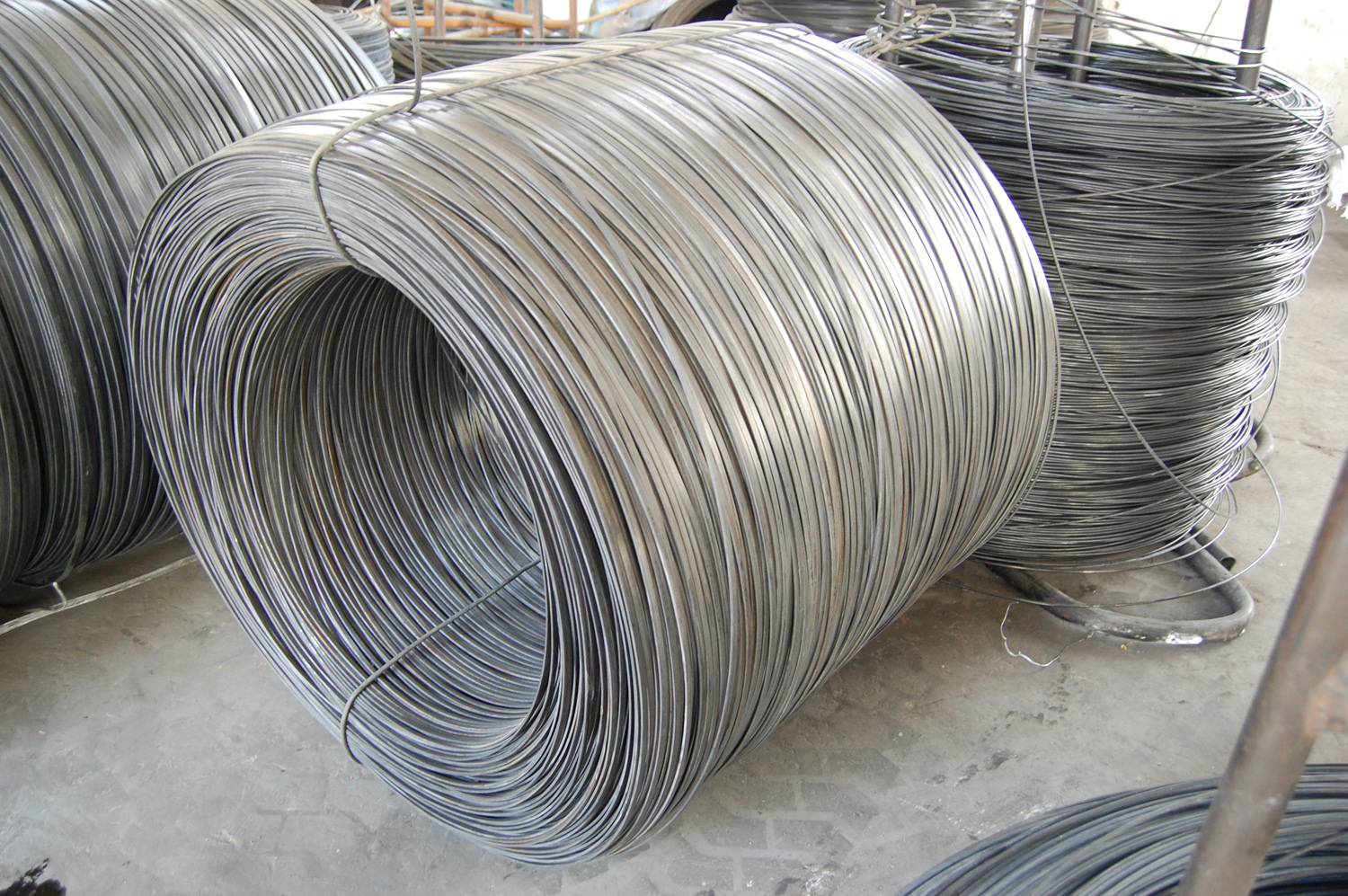Information consumption is expected to become a new economic growth point
According to the 31st Statistical Report on Internet Development in China released by the China Internet Network Information Center, as of the end of December 2012, the number of Internet users in China reached 564 million, and the Internet penetration rate was 42.1%. Since 2008, China has the largest number of Internet users in the world.
In contrast, the development of bandwidth and network speed lags significantly, ranking in the dozens of places worldwide. Many netizens often encounter problems such as unclear picture details and poor video playback when using mobile phones to browse the Internet and watch videos. Academician Zhao Zisen of the Chinese Academy of Engineering believes that increasing broadband data capacity and transmission rate has become the primary task of China's development of the information industry.
At the 2011 National Industry and Information Technology Working Conference, the Ministry of Industry and Information Technology proposed the "Broadband China" strategy, which aims to accelerate the broadband upgrade of information networks, promote urban fiber-to-the-home, and achieve broadband service in administrative villages. And proposed that by 2013, the proportion of users using 4M and above broadband access products will exceed 70%.
The industry believes that the benefits of implementing the "Broadband China" strategy are far more than the increase in network speed and the growth of IT companies' revenue. It will also drive related manufacturing industries such as optical fiber manufacturing, network equipment, computers and home appliances, forming a strong industrial chain extension and Drive effect. China's optical fiber broadband investment will exceed 150 billion yuan, playing an irreplaceable role in driving domestic demand and promoting consumption.
The executive meeting of the State Council stated that private capital should be encouraged to enter the basic telecommunications market through equity participation, that smart terminal product development should be encouraged, and that consumption should be guided through innovative supply. After achieving the “Twelfth Five-Year Planâ€, the average annual consumption of information has increased by more than 20%, and the amount of e-commerce transactions has increased significantly.
The Ministry of Industry and Information Technology predicts that by 2015, the scale of information consumption is expected to exceed 3.2 trillion yuan, driving new industry output to exceed 1.2 trillion yuan. Yu Shaohua, chief engineer of Wuhan Institute of Posts and Telecommunications, said, "Information consumption is expected to become a new economic growth point."

Three thresholds hinder the release of consumer potential
Although the future of information consumption is bright, to successfully implement the "Broadband China" strategy, three thresholds must be crossed.
First, low internet speeds and high fees hinder the progress of the "Broadband China" strategy. According to Li Hanbing, technical director of Fiberhome Technology Group, the fiber-to-the-home project has been implemented for many years, but because the cost of optical broadband is higher than that of ordinary broadband, most people are reluctant to accept broadband upgrades.
Secondly, although the pace of private capital's entry into the telecommunications industry is accelerating, in the face of the three major operators and the country's radio and television, private capital is undoubtedly a "vulnerable group." If the country does not have specific policies to escort it, private capital will not be able to talk about it.
Industry insiders pointed out that in the communications industry, there is often a certain lag between network investment construction and the market. The early investment is large, and the market return cannot make up for the investment gap in time. "If the country does not have substantive measures to give preferential subsidies, many private enterprises are still afraid to let go of the investment because they are unable to support it," Li Hanbing said.
Third, due to the development strategy of the operating companies and the imbalance of the market economy, China's overall broadband penetration rate is low, and the imbalance in the development of information between the east, west, and urban and rural areas.
Wei Leping, director of the China Telecom Science and Technology Commission, once made an analysis. The payback period of fiber-to-the-home investment in urban areas in the east is 7 years, the central area is about 11 years, and the remote areas in the west are decades. Generally, projects with a payback period of more than 10 years will be abandoned by the market.
Experts pointed out that if the construction of broadband between regions is not coordinated and a complete network cannot be laid out, there will be no place for major initiatives such as the "Information for the People" project, the National Employment Information Network, and the construction of the Internet of Things.
The market urgently calls for policy details
At present, China's basic investment in fiber broadband is insufficient. According to the "Opinions on Promoting the Construction of Optical Fiber Broadband Networks" issued by the Ministry of Industry and Information Technology and other seven ministries and commissions in 2010, the investment in optical fiber broadband will exceed 150 billion yuan within three years, and will be invested by the three major telecommunications operators. However, the city's tight pipeline space resources, huge tolls, compensation fees, entrance fees, and construction investment in the vast rural and remote areas of the Midwest have affected the enthusiasm of enterprises to invest in fiber broadband construction independently.
Zheng Yansheng, manager of the product development management department of Guangxun Technology Company, believes that relying solely on industrial forces and independent investment by enterprises cannot support such a huge market for optical fiber broadband. The state should increase support, give financial support to relevant major engineering projects, and truly invest in optical fiber broadband as a strategic industry.
In addition to funds, policy support is also indispensable. "If the government's policy is not introduced, the enthusiasm of developers, manufacturers and operators will not come up." Li Hanbing said that China's optical fiber communication field has established an optical fiber access industry alliance, but the member units are currently limited to technical levels. Cooperation, there is no in-depth cooperation in application.
Wei Leping suggested that the state should plan the "Broadband China" strategy from the overall plan, promote the overall construction of operators in terms of policy support and capital investment, give preferential treatment to the construction of new residential broadband, and subsidize costs, taxes, and finances. In addition, you can also try A policy similar to "home appliances going to the countryside" activates the rural broadband market.
Although "Broadband China" is still in its infancy, Li Hanbing estimates that the optical fiber broadband market will usher in a great development era in the next 3-5 years. The government's treatment of optical fiber broadband projects can guide the investment of optical fiber enterprises like "village through the village" and "road through the road", and "paving the way" for the information consumption of the whole people, making it a new growth point to stimulate domestic demand.
Zhengtai Spring customized steel wire titanium wire copper wire oil quenched alloy steel Spring Steel Wire

High Carbon Spring Steel Wire for Mattress,Steel wire,spring steel wire in 10mm,oil tempered spring steel wire
Yixing Steel Pole International Trading Co., Ltd , https://www.yx-steelpole.com